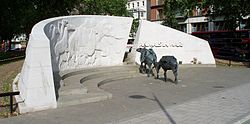THE GREAT WAR.
One hundred years ago this month, war was declared on Germany. At 11pm on August the 4th 1914 Great Britain declared war on Germany, it was the start of the bloodiest and most horrific of all wars with millions upon millions of soldiers on both sides loosing their lives. Amongst the many men who joined up and offered their services, many members of our profesion were amongst them. Many of the large shooting estates across the whole of the U.K. had Gamekeepers who left their jobs to go to war, one such person was Harry Poole who served in the Royal Army Veterinary Corps.
Shortly before the start of the Great War, Harry was first employed as a keeper on the Ingestre Park Estate on the edge of Cannock Chase in Staffordshire. He began work there in 1912, the park is now a Golf Club. Harry was then offered a position with the Congreve family at Chartley Castle on the road to Stafford, a few miles from Uttoxeter in Staffordshire. Harry was called up for service in 1916 and enlisted on the 9th of February in the Royal Army Veterinary Corps, RAVC as it became known and is still an active part of the armed services to day. Harry became a Shoeing Smith and was promoted to Corporal during his service with the corps.
After the Boer War, in 1903 a warrant was created to form the Veterinary Corps, this was due to the numbers of horses killed in action during the Boer War and the lack of veterinary aid that was available. In 1906 it combined with the Army Veterinary Department to become the Royal Army Veterinary Corps (RAVC). As there were very few vehicles avaiable to the army then, all equipment was transported by horse. The number of horses killed in this conflict is in excess of eight million animals, over one hundred and twenty thousand horses were treated in British Veterinary Hospitals in just one year. Many of these horses would have been checked and new shoes fitted by servicemen like Harry Poole before being sent overseas.
Harry did not spend any time overseas or see any active service on the front, nevertheless his work was most important to the war effort. In 1919 on the 23rd of September Corporal Harry Poole received his demobilization papers and was returned back to civilian life.
Harry wrote to the Congreve family for his old job but at this time there was no vacancy available and he returned to the Ingestre Park Estate to resume his duties there as a keeper. In 1928 a position for a keeper at Chartley Castle became available and it was offered to Harry who willingly accepted. Harry remained in the employement of the Congreve family on his very much loved estate untill 1953. Here are two photographs of Harry in service and also Harry as a keeper in 1915 and again in 1963. All the information about Harry Poole has been provided by his Grandaughter Helen Frost.
Other photos show horses that have died on the battle field and other images of horses at war.
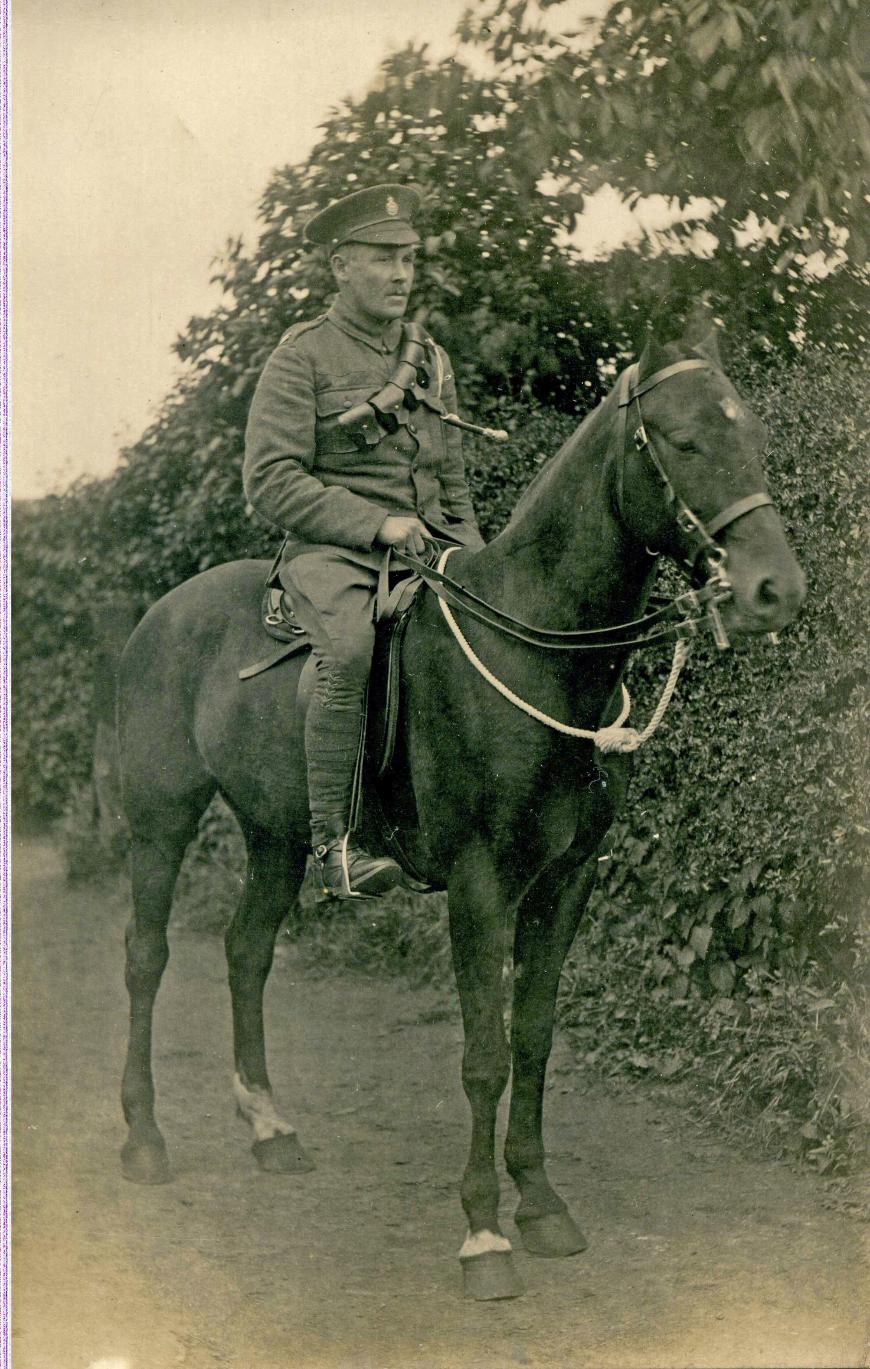
Corporal Harry Poole On Horseback.
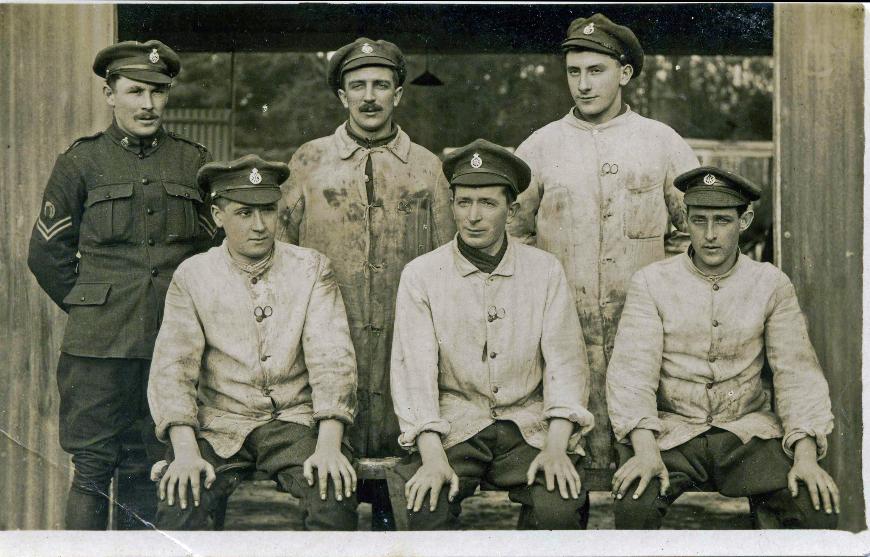
Corporal Harry Poole With Some OF His Team Of Fellow Shoeing Smiths.
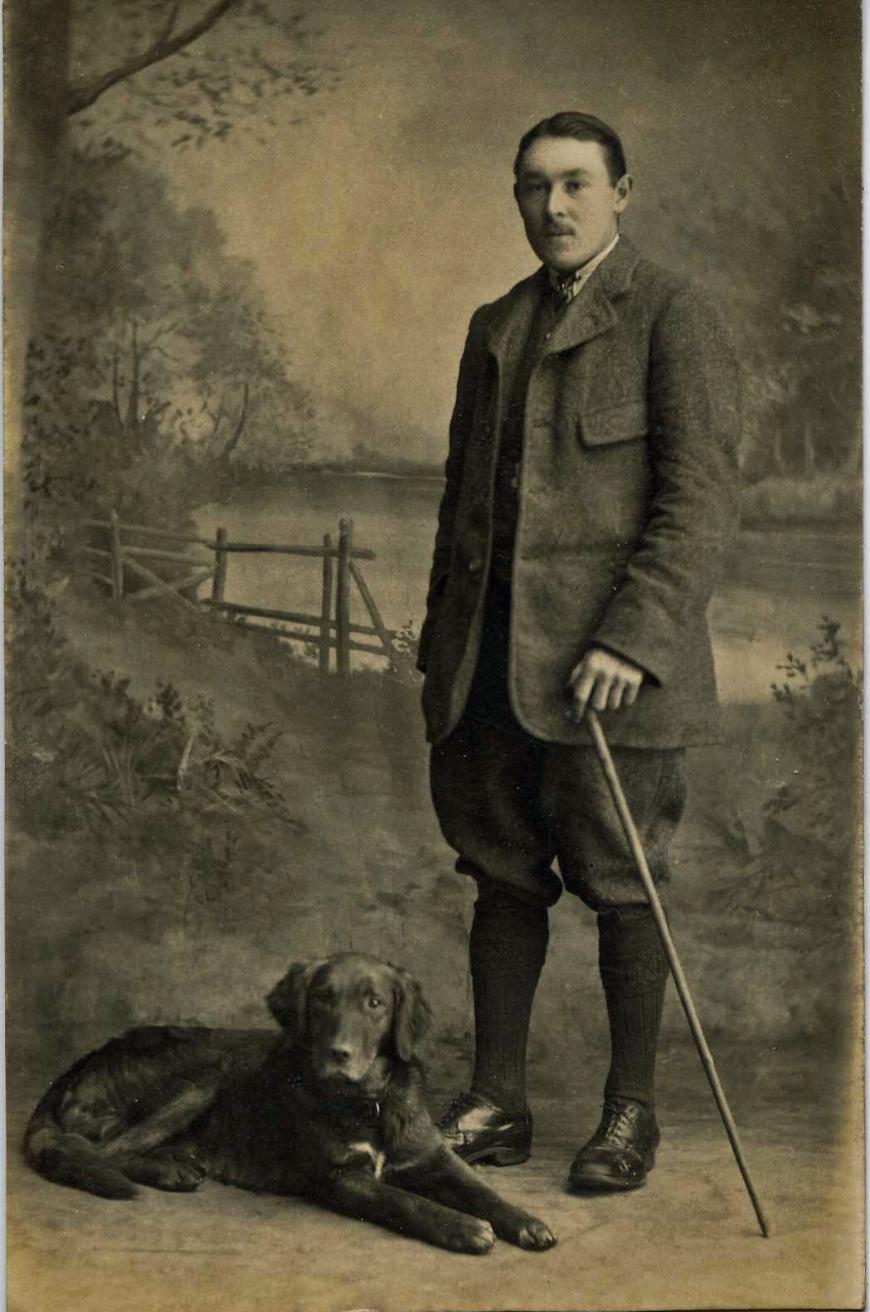
Harry As A Young Keeper In 1915.
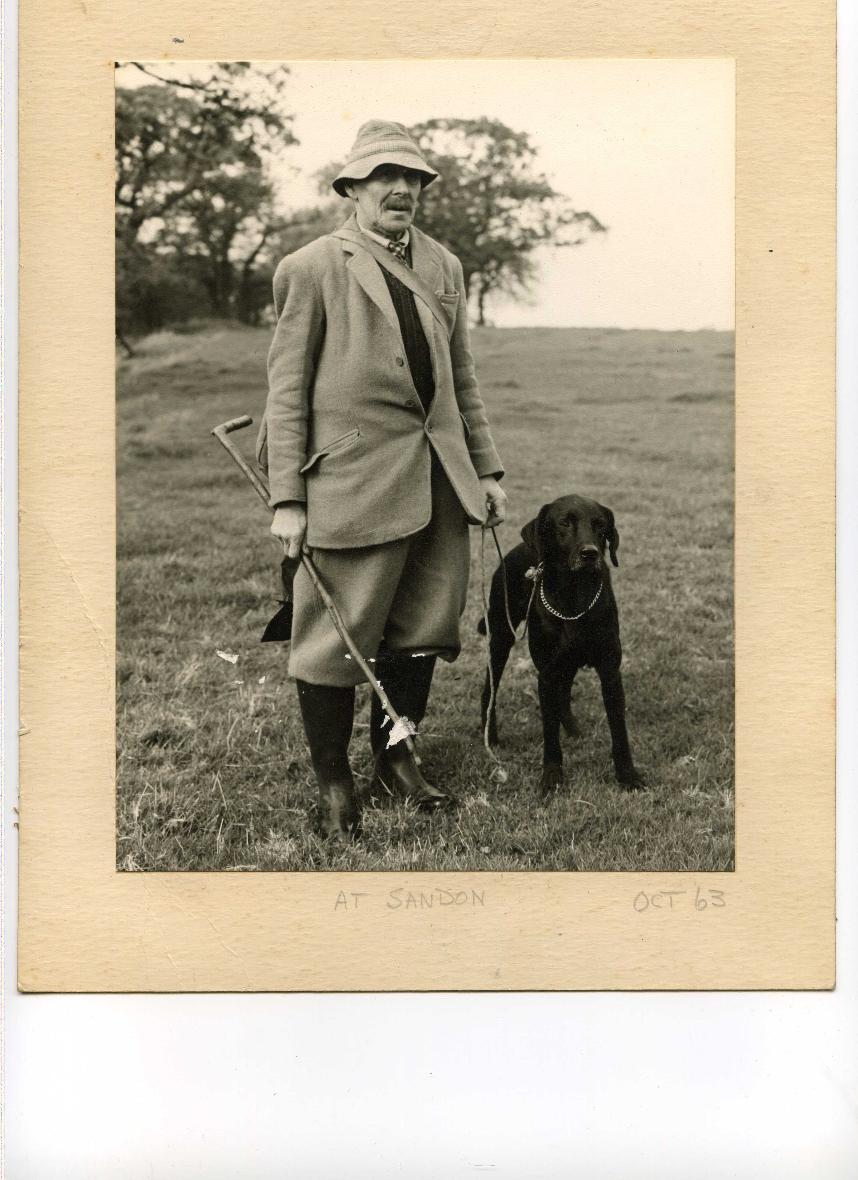
Harry In 1963 Taken At Sandon Estate, Staffordshire.
If you know of any other Keepers that served in the armed forces and you would like us to include an article about them, please contact me.
A Group Of British Cavalry Men Awaiting Orders.
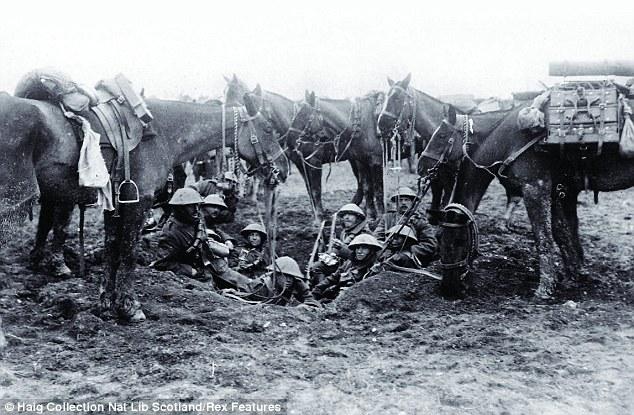
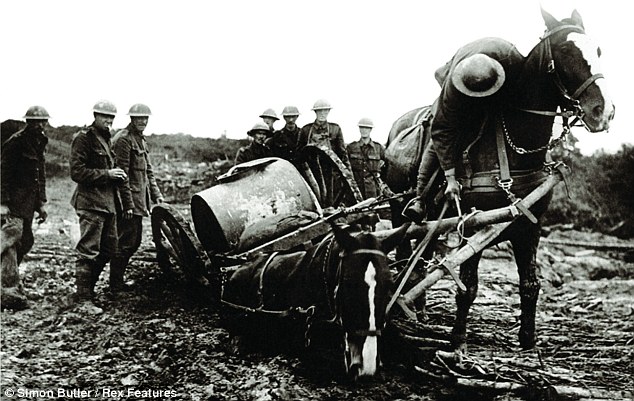
A Horse With It's Supply Cart Struggles In The Mud.
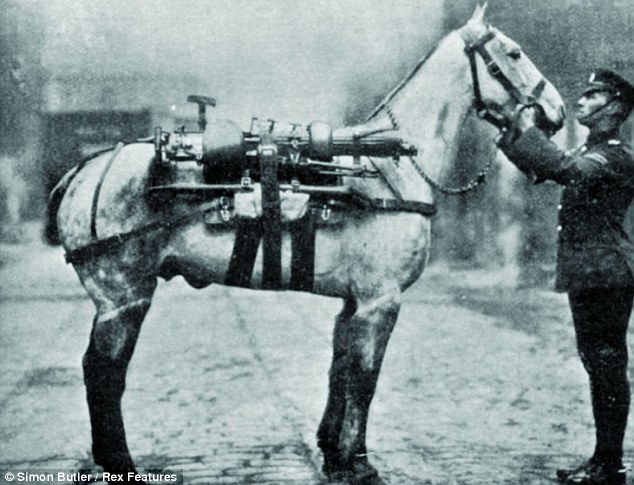
The Grey Here Has Been Equipped To Carry A Vickers Machine-gun.
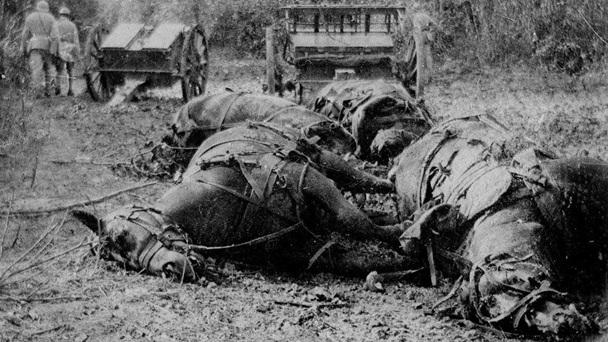
A Team Of Horses Lie Dead On The Battle Field, A Horrid And Gruesome Sight. Over Eight Million Horses Died During The Conflict. The RAVC Saved The Lives Of Many Only To See Them Die In Battle.
One Of The Many War Memorials Dedicated To The Many Horses That Died.
